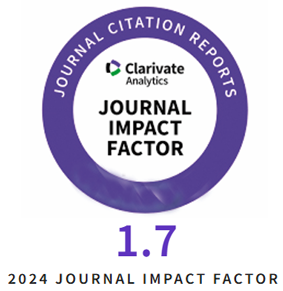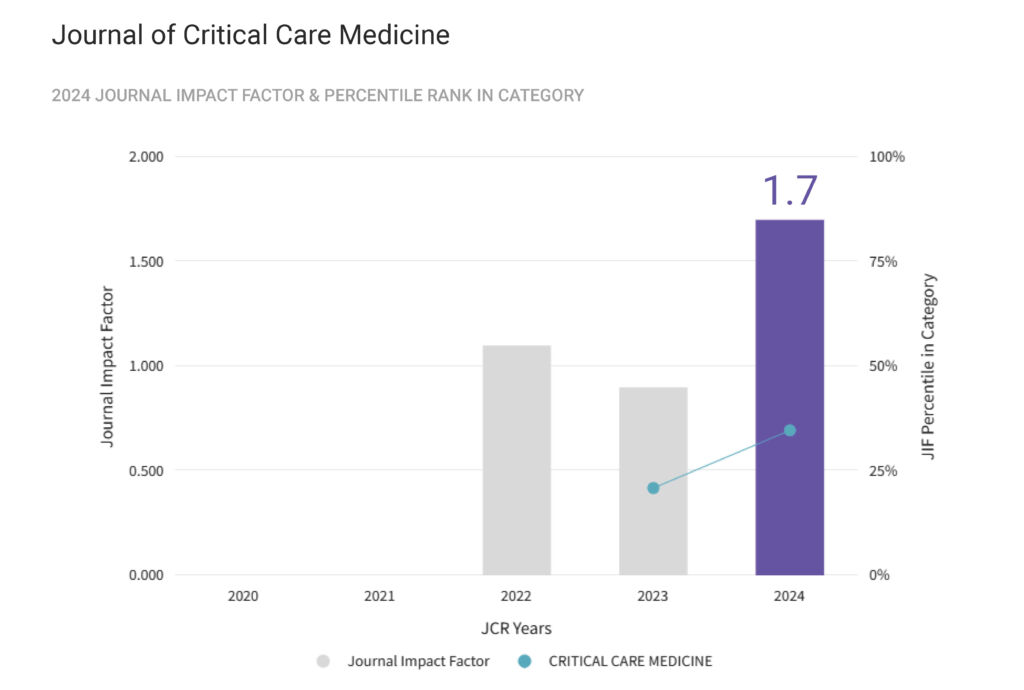Aim of the study: To determine which out-of-hospital cardiac arrest (OHCA) patients should receive advanced treatment is extremely challenging. The objective was to identify sub-phenotypes predicting the prognoses of adult OHCA patients by latent class analysis (LCA) using data up to just after admission.
Material and Methods: We conducted a retrospective observational study using multicentre OHCA registry from 95 Japanese hospitals including adult non-traumatic hospitalized OHCA. The primary outcome was 30-day favourable neurological outcome. Our LCA used clinically relevant variables up to just after admission and the optimal class number was determined from clinical importance and Bayesian information criterion. The associations between sub-phenotypes and outcomes were analysed using univariate logistic regression analysis with odds ratios (ORs) and 95% confidence intervals (CIs).
Results: Our LCA included 2,162 patients and identified four sub-phenotypes. The base excess on hospital arrival had the highest discriminative power. Thirty-day favourable neurological outcomes were observed in 526 patients (24.3%), including 284 (53.8%) in Group 1, 179 (21.2%) in Group 2, 26 (11.4%) in Group 3, and 37 (6.6%) in Group 4. Prehospital return of spontaneous circulation (ROSC) was achieved in 1,009 patients (46.7%), including 379 (81.8%) in Group 1, 340 (40.3%) in Group 2, 115 (50.4%) in Group 3, and 175 (31.1%) in Group 4. Univariate logistic regression analysis for primary outcome using Group 4 as reference revealed ORs (95% CI) of 16.5 (11.4–24.1) in Group 1, 3.83 (2.64–5.56) in Group 2, and 1.83 (1.08–3.10) in Group 3.
Conclusions: Our LCA classified OHCA into four sub-phenotypes showing significant differences for prognosis. In cases who achieved prehospital ROSC, it might be meaningful to continue advanced therapeutic interventions.
Tag Archives: cardiopulmonary resuscitation
Extracorporeal Life Support and New Therapeutic Strategies for Cardiac Arrest Caused by Acute Myocardial Infarction – a Critical Approach for a Critical Condition
This review summarizes the most recent developments in providing advanced supportive measures for cardiopulmonary resuscitation, and the results obtained using these new therapies in patients with cardiac arrest caused by acute myocardial infarction (AMI). Also detailed are new approaches such as extracorporeal cardiopulmonary resuscitation (ECPR), intra-arrest percutaneous coronary intervention, or the regional models for systems of care aiming to reduce the critical times from cardiac arrest to initiation of ECPR and coronary revascularization.
Sudden Cardiac Death and Post Cardiac Arrest Syndrome. An Overview
A satisfactory neurologic outcome is the key factor for survival in patients with sudden cardiac death (SCD), however this is highly dependent on the haemodynamic status. Short term cardiopulmonary resuscitation and regained consciousness on the return of spontaneous circulation (ROSC) is indicative of a better prognosis. The evaluation and treatment of SCD triggering factors and of underlying acute and chronic diseases will facilitate prevention and lower the risk of cardiac arrest. Long term CPR and a prolonged unconscious status after ROSC, in the Intensive Care Units or Coronary Care Units, indicates the need for specific treatment and supportive therapy including efforts to prevent hyperthermia. The prognosis of these patients is unpredictable within the first seventy two hours, due to unknown responses to therapeutic management and the lack of specific prognostic factors. Patients in these circumstances require the highest level of intensive care and aetiology driven treatment without any delay, independently of their coma state. Current guidelines sugest the use of multiple procedures in arriving at a diagnosis and prognosis of these critical cases.










